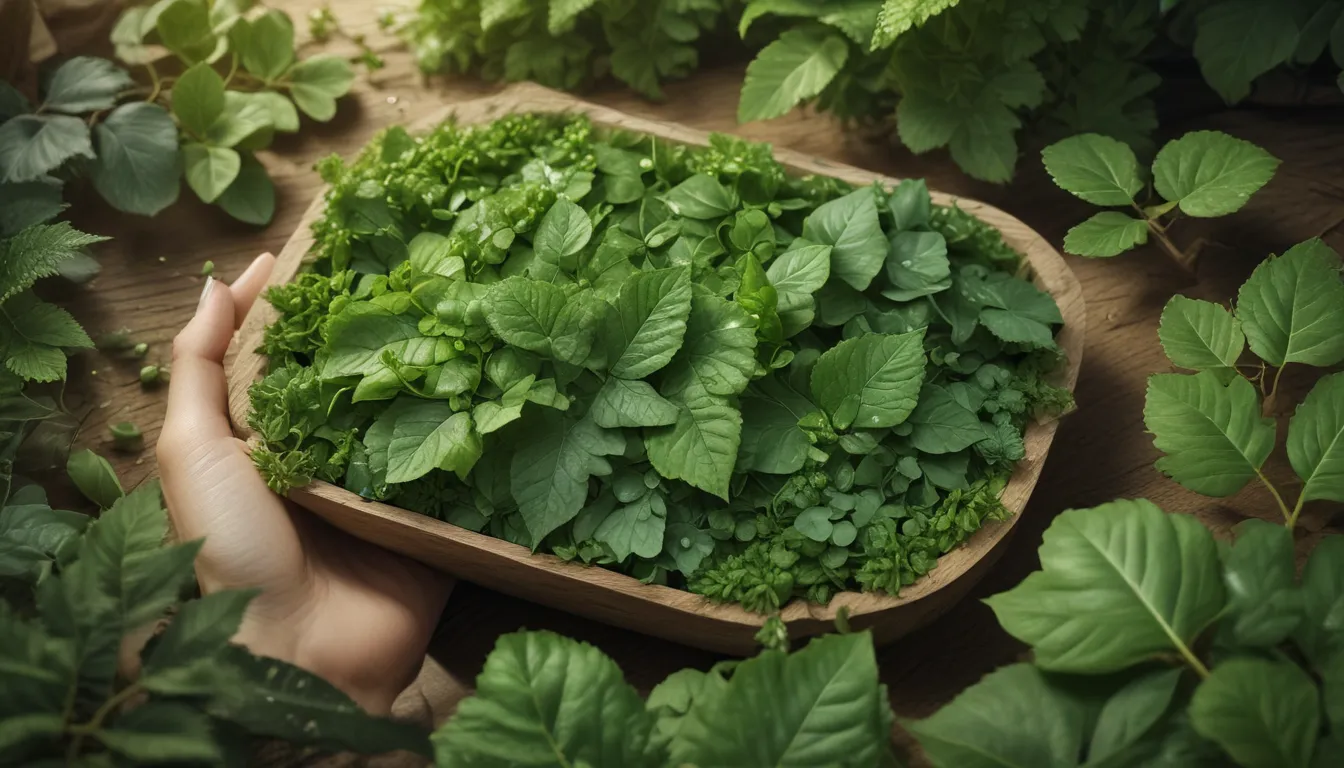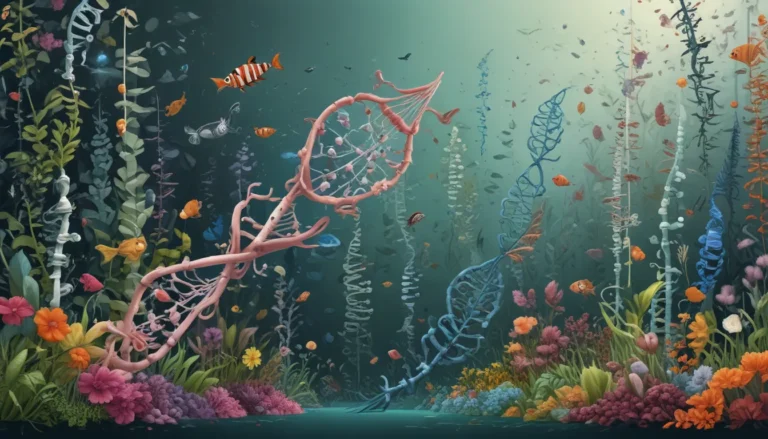A Note About Images: The images used in our articles are for illustration purposes only and may not exactly match the content. They are meant to engage readers, but the text should be relied upon for accurate information.
Chlorophyll, known as the “green pigment of life,” is a remarkable molecule that serves as the powerhouse behind photosynthesis. From sustaining plant life to potentially benefiting human health, chlorophyll holds a fascinating presence in the natural world. In this comprehensive guide, we will delve into 20 captivating facts about chlorophyll that will broaden your knowledge and appreciation for this incredible pigment.
Unveiling the Beauty of Chlorophyll
- Chlorophyll is the green pigment in plants responsible for the synthesis of food and oxygen.
- It possesses superhero-like qualities, such as fighting cancer and purifying water, making it a vital element for both nature and humanity.
The Essence of Chlorophyll in Plant Life
1. Vibrant Green Color
- The green color of plants is a direct result of the presence of chlorophyll, reflecting green light while absorbing red and blue light.
2. Varied Types of Chlorophyll
- Chlorophyll-a and chlorophyll-b are the most common types of chlorophyll in plants, algae, and certain bacteria. They play crucial roles in the photosynthetic process.
3. Absorbing Light Energy
- Chlorophyll molecules absorb photons of light and transfer the energy to drive photosynthesis, converting carbon dioxide and water into glucose and oxygen.
4. Porphyrin Structure
- Featuring a porphyrin ring with a magnesium ion at its core, the unique structure of chlorophyll allows for efficient capture and transfer of light energy.
5. Key Player in Food Production
- Plants rely on chlorophyll to produce energy-rich sugars essential for their survival, impacting the entire food chain in nature.
6. Adaptability to Light Conditions
- Plants can produce different chlorophyll types to optimize light absorption based on their environment, enabling them to thrive in various habitats.
7. Antioxidant Properties
- Chlorophyll acts as an antioxidant, neutralizing harmful free radicals that can damage cells and contribute to diseases, promoting overall health.
Embracing the Benefits of Chlorophyll
8. Rich Food Sources
- Green leafy vegetables like spinach, kale, and parsley are excellent natural sources of chlorophyll, offering a nutritional boost to your diet.
9. Natural Food Coloring
- The vibrant green color of chlorophyll makes it a popular choice for natural food dyes in various culinary applications, enhancing visual appeal.
10. Potential Health Benefits
- Studies suggest that chlorophyll may possess anti-inflammatory, detoxifying, wound-healing properties, aiding in body odor control and digestive health.
11. Medicinal Applications
- Chlorophyll-based compounds are used in certain medications to treat conditions like anemia and body odor, harnessing its therapeutic potential.
12. Role in Cancer Treatment
- Research explores the potential of chlorophyll in targeting and inhibiting cancer cells, indicating a promising avenue for future cancer therapies.
Unlocking the Mysteries of Chlorophyll’s Influence
13. Supplement Usage
- Chlorophyll supplements are available in various forms, offering a concentrated dose for individuals who may not consume enough through their diet.
14. Promoting Photosynthesis
- By enhancing the efficiency of photosynthesis, chlorophyll plays a crucial role in ensuring plants can produce energy for growth and survival.
15. Oxygen Production
- During photosynthesis, chlorophyll releases oxygen as a byproduct, essential for the survival of numerous organisms, including humans.
16. Nutrient Absorption
- Chlorophyll aids in the absorption of essential nutrients from the soil, supporting plant growth and development.
17. Water Purification
- Chlorophyll-rich aquatic plants contribute to water purification by absorbing pollutants and releasing oxygen, fostering healthier aquatic ecosystems.
18. Seasonal Variations
- Chlorophyll levels in plants fluctuate throughout the year due to environmental factors like temperature and sunlight exposure, impacting foliage color.
19. Ongoing Research
- Scientists continue to investigate chlorophyll’s properties and applications in fields such as medicine, agriculture, and renewable energy, unlocking its full potential.
20. A Testament to Earth’s Wonders
- Chlorophyll serves as a poignant reminder of the interconnected web of life on Earth, showcasing the beauty and complexity of the natural world.
A Closer Look at Chlorophyll’s Brilliance
In conclusion, chlorophyll stands as a remarkable pigment essential for sustaining plant life and offering potential benefits for human health and the environment. Its profound impact on photosynthesis and diverse applications highlight its significance in the natural world. As we unravel the mysteries of chlorophyll, we gain a deeper understanding of the intricate processes that support life on Earth.
FAQ
Q: What is chlorophyll?
A: Chlorophyll is a green pigment found in plants and algae that aids in the process of photosynthesis by absorbing light energy.
Q: What are the health benefits of chlorophyll?
A: Chlorophyll has been associated with numerous health benefits, including detoxification, antioxidant properties, and potential anti-cancer effects.
Q: How can chlorophyll be used in medicine?
A: Chlorophyll and its derivatives have been utilized in medicine for wound healing, digestive disorders, and reducing body odor.
Q: Can chlorophyll be a source of sustainable energy?
A: Ongoing research explores the potential of using chlorophyll and photosynthetic systems for sustainable energy, such as biofuels or solar cells.
Your Journey with Chlorophyll
As you embark on a journey to explore the wonders of chlorophyll, remember its essential role in sustaining life on Earth and potential benefits for human health. Embrace the beauty and brilliance of this captivating pigment, driving the magic of photosynthesis and enriching the natural world around us. Let chlorophyll be your guide to understanding the intricate processes that support life on our planet.






